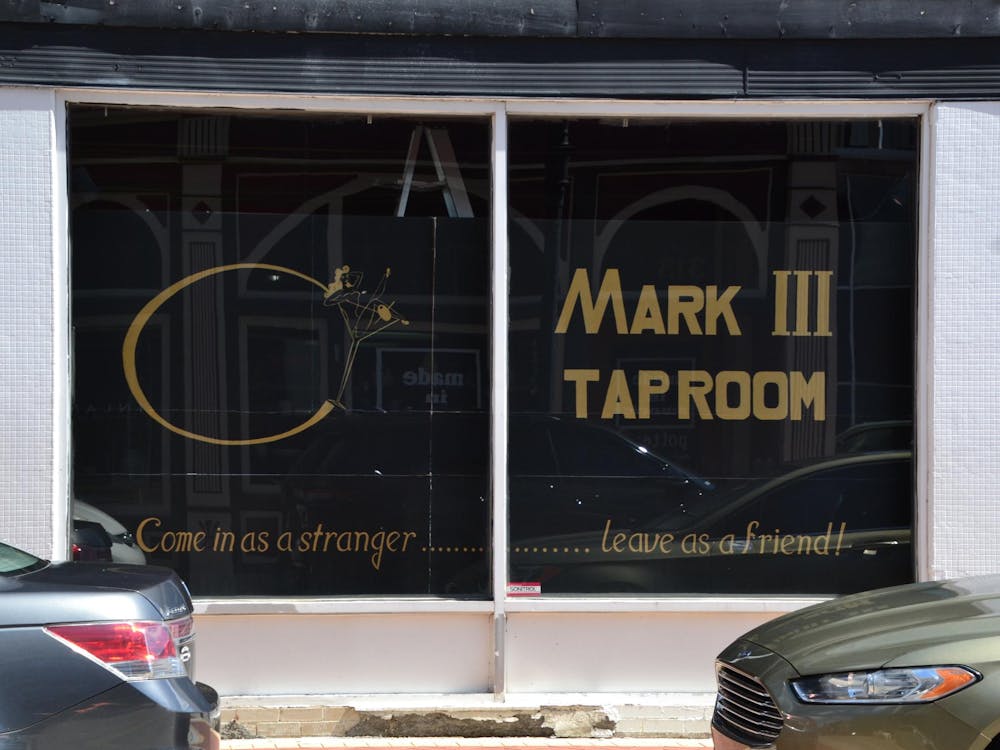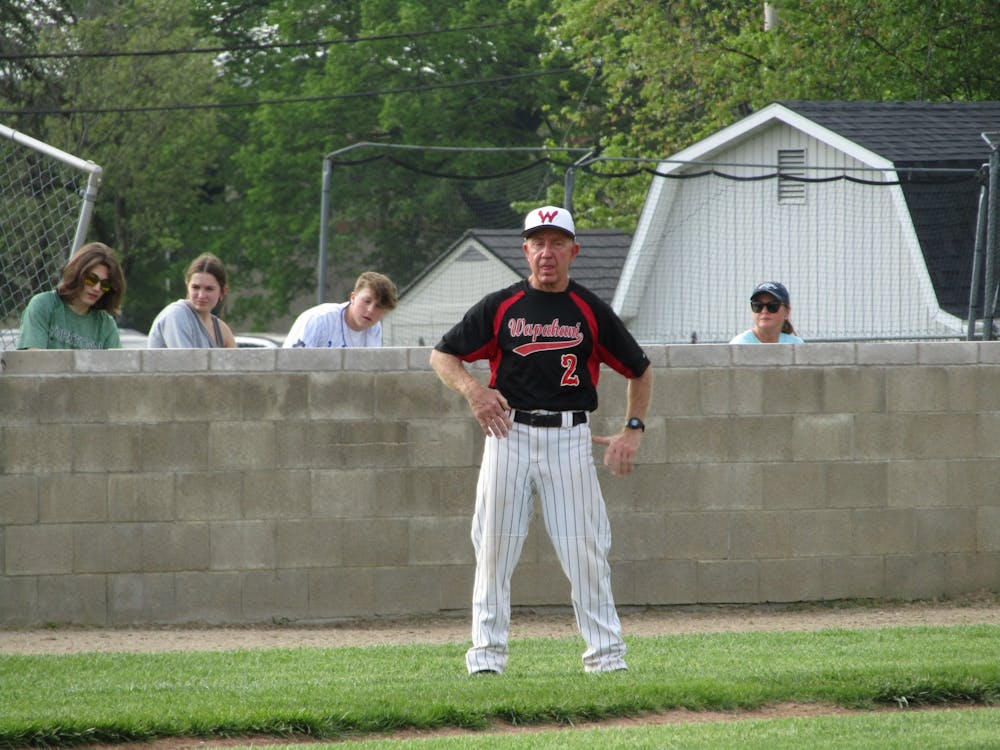Many people are fascinated by the visuals of lunar eclipses, including Ball State students. During the last lunar eclipse that occurred Sept. 27, 2015, students were treated to a full eclipse. Students gathered on campus in the green area between Park, DeHority and Woodworth halls to view the event.
A lunar eclipse is when the moon moves behind the Earth into its shadow. This can only happen when the Earth, sun and moon are all in line.
“When I was out there sitting on the grass with some friends, I had no clue that something like this could happen,” said Nick Thomas, a Ball State junior.
“It’s amazing how everything can just line up and create this event that everyone wants to watch.“
A solar eclipse occurs when the moon moves between the path of the Earth and the sun. The moon creates a shadow on the Earth, creating a nighttime effect even though the eclipse occurs in the middle of the day.
The first total solar eclipse since July 11, 1991 will be visible in the United States this coming August 21. The estimated time of occurrence is around 12:48 p.m. EST. The last total solar eclipse in 1991, and that was only visible in Hawaii, southern California and parts of Mexico.
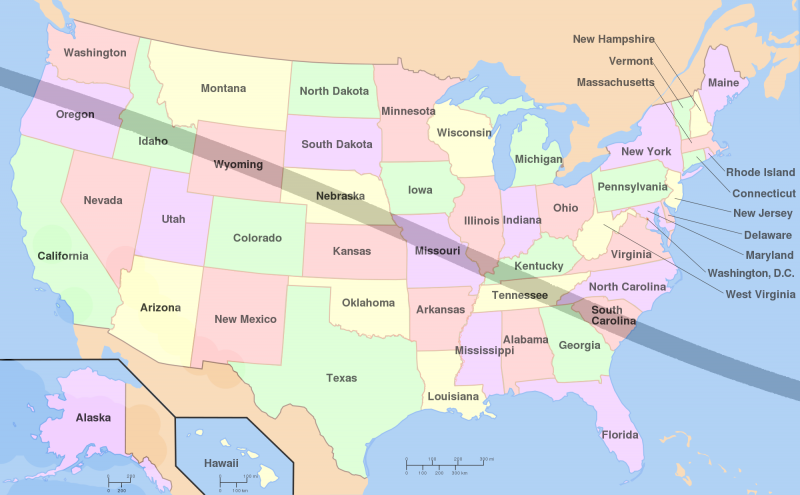
The above line indicates the areas of the U.S. that will experience a total solar eclipse.
“During the few minutes of ‘totality’ during a total solar eclipse, the sky darkens, enough that you can see some of the bright stars and planets,” said Guillermo Gonzalez, an astronomy professor at Ball State.
If you want to see the complete solar eclipse, the farthest you would need to travel from Muncie is to Bowling Green, Kentucky.
The duration of these eclipses vary based on the Earth’s shadow. The last one in the United States lasted 6 minutes, 53 seconds. The last solar eclipse that occurred in 2016 lasted under 7 minutes. The next total eclipse to exceed the 7-minute mark will not happen until June 25, 2150.
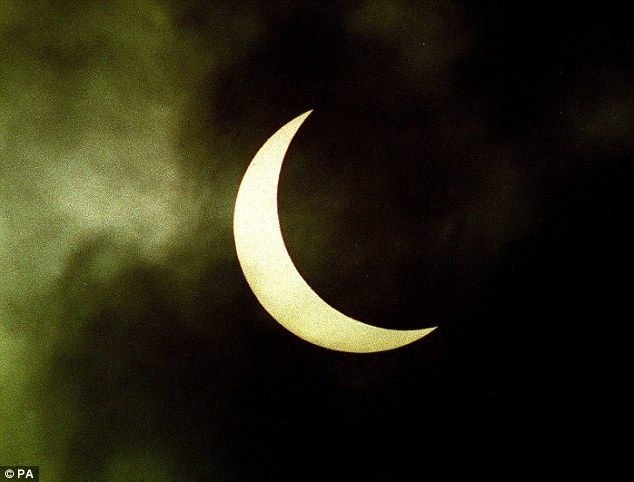
A representation of what the eclipse will look like in Muncie.
In Muncie you would only be able to see a partial eclipse. Even during a partial eclipse, you still don’t want to look directly at the sun because the partial part is intensely bright by all of the rays that are concentrated in the exposed area of the sun.
“The faint outer atmosphere of the sun, called the corona, becomes visible,” Gonzales said. “Also, the air temperature drops noticeably. These phenomena do not occur during the partial phases of a total solar eclipse.”
The eclipse can only be viewed when filters that are designed to protect your eyes are used. You do not want to look at a partial solar eclipse with the naked eye as this could cause severe damage.
These filters have a thin layer of chromium alloy on the surfaces that deflects visible and near-infrared radiation. One of the most widely used and available filters for solar viewing is shade number 14 welder’s glass.
“I heard that you can’t look at the sun with your bare eyes. So I guess I’m going to have to go get those special glasses,” said Seth Blalock, a Ball State junior.
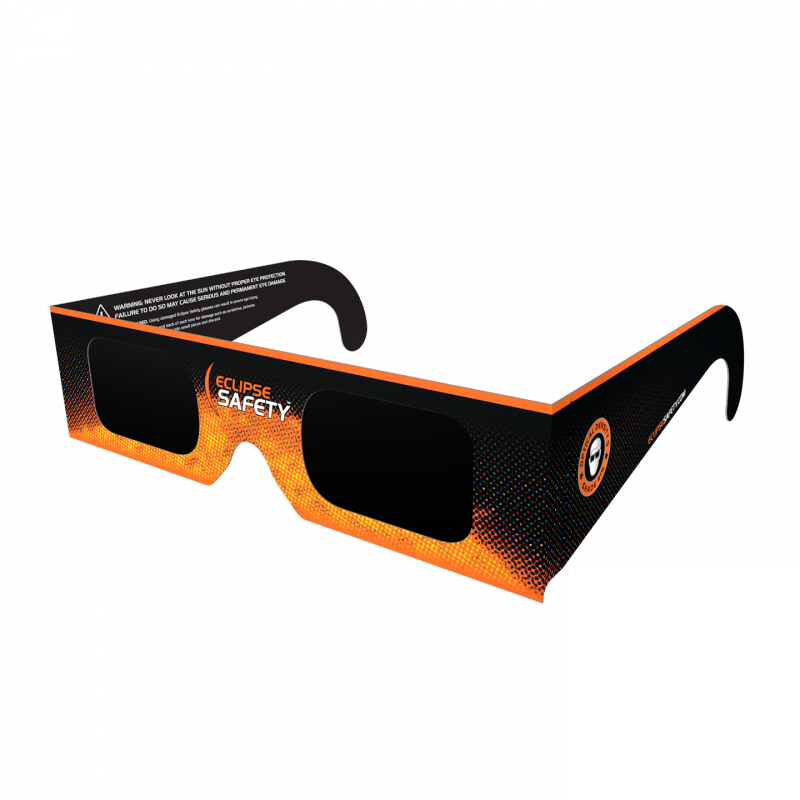
Number 14 welders glasses.
“I’m really looking forward to this,” he said. These filters have a thin layer of chromium alloy on the surfaces that deflects visible and near-infrared radiation. One of the most widely used and available filters for solar viewing is shade number 14 welder’s glass.
The planetarium at Ball State is hosting a show called 2017 Solar Eclipse. This is not a show in which they will be viewing the eclipse, but rather a show to tell you exactly what goes on in the event of a solar eclipse.
Even if you don’t want to travel down to Bowling Green, you can still view a partial eclipse anywhere in Indiana. These only happen every so often, so this is arare chance to view this astronomical phenomenon.

